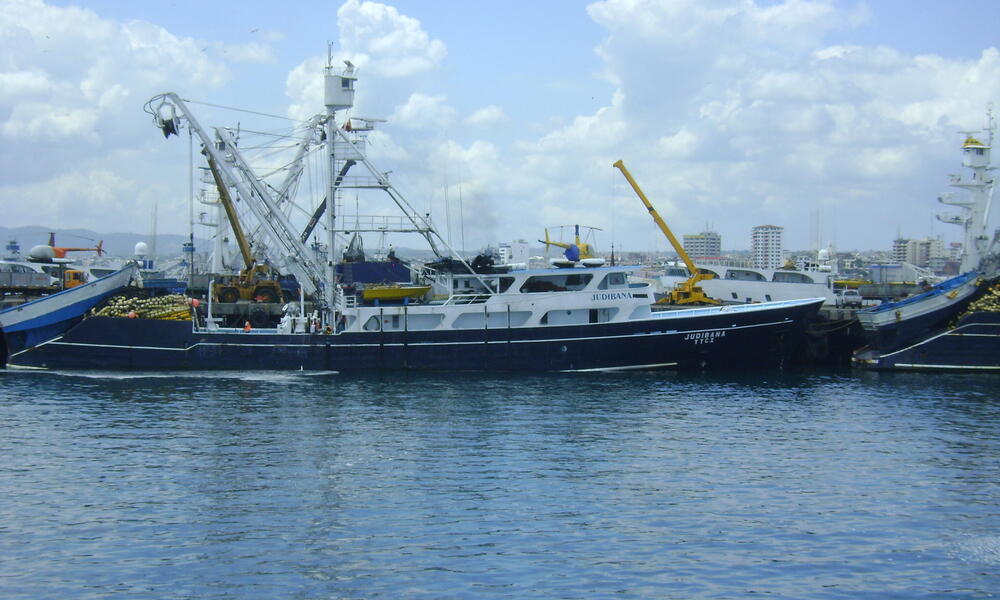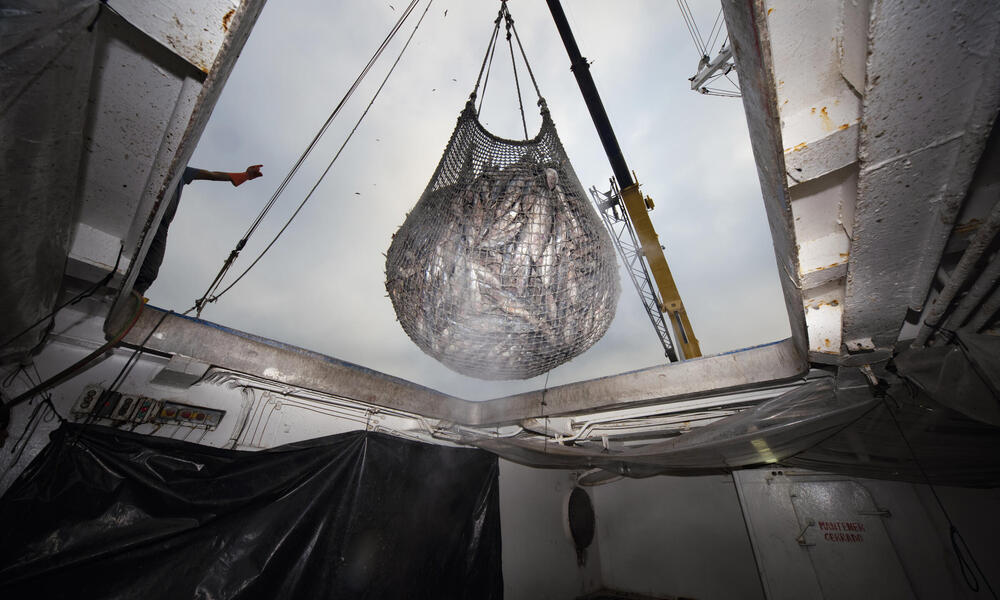With the right management, overfishing can be prevented. For example, global tuna stocks would benefit from agreed-upon catch limits or established benchmarks that scientists can use as reference points to understand the species’ population status.
A management strategy combines all the measures that are put into place to achieve the biological, economic, and social objectives of tuna fisheries.
These strategies are only successful if composed of two parts: a technical basis provided by fisheries scientists and input from all other stakeholders. Often, a lack of communication and understanding between the scientific community and other actors can lead to a disjointed and ineffective strategy.
Management strategy evaluation (MSE) is a process that allows stakeholders to assess how effective different management strategies can be. Think of it as a flight simulator game, except for tuna populations—computer programs are used to model different management measures and scenarios.
Throughout 2019, WWF convened workshops on MSE in five tuna fishing nations in the Eastern Pacific Ocean: Ecuador, Panama, the United States, Mexico, and Colombia. Workshop participants included scientists, company vessel operators, and representatives from government ministries and civil society organizations.
The objective of these workshops is simple: to familiarize all stakeholders about the new concepts and scenarios in modern fishing management that are discussed in high-level negotiations of the Inter-American Tropical Tuna Commission (IATTC), the tuna management and conservation organization for the Eastern Pacific Ocean.


